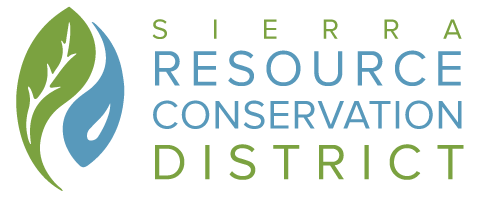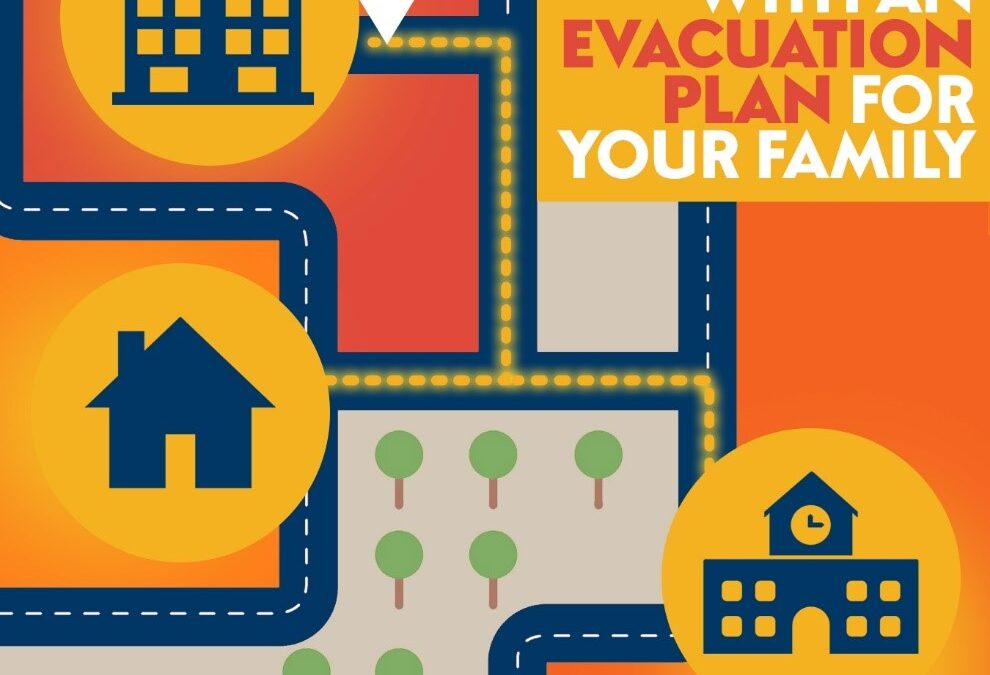Your family may not be together if a disaster strikes, so knowing which types of disasters could affect your area is important. Know how you’ll contact one another and reconnect if separated. Establish a family meeting place that’s familiar and easy to find.
Start by discussing the following questions with your family, friends, or household members to kickstart your emergency plan:
– How will I receive emergency alerts and warnings?
– What is my shelter plan?
– What is my evacuation route?
– What is my family/household communication plan?
– Do I need to update my emergency preparedness kit?
Tailor your plans and supplies to your specific daily living needs and responsibilities. Discuss your needs and responsibilities with your network, and how they can assist each other with communication, childcare, pet care, and specific needs like medical equipment. Some factors to consider include:
– Different ages of household members
– Responsibilities for assisting others
– Locations frequented
– Dietary and medical needs, including prescriptions and equipment
– Disabilities or access and functional needs, including devices and equipment
– Languages spoken
– Cultural and religious considerations
– Pets or service animals
– Households with school-aged children
Once you’ve addressed specific needs, create a Family Emergency Plan that includes your communication plan and evacuation routes. Practice your plan with your family/household to ensure everyone knows what to do in an emergency.
Learn how to better prepare for unexpected outages and other emergencies with your Family/Household Plan. Consider these tips to be self-sufficient for a few days.
Remember: preparedness saves lives. Start planning today to ensure your family is ready for whatever may come their way.
Stay tuned to our blog for more disaster preparedness tips and information to keep you and your loved ones safe


Recent Comments